Everyday cars with supercar hearts
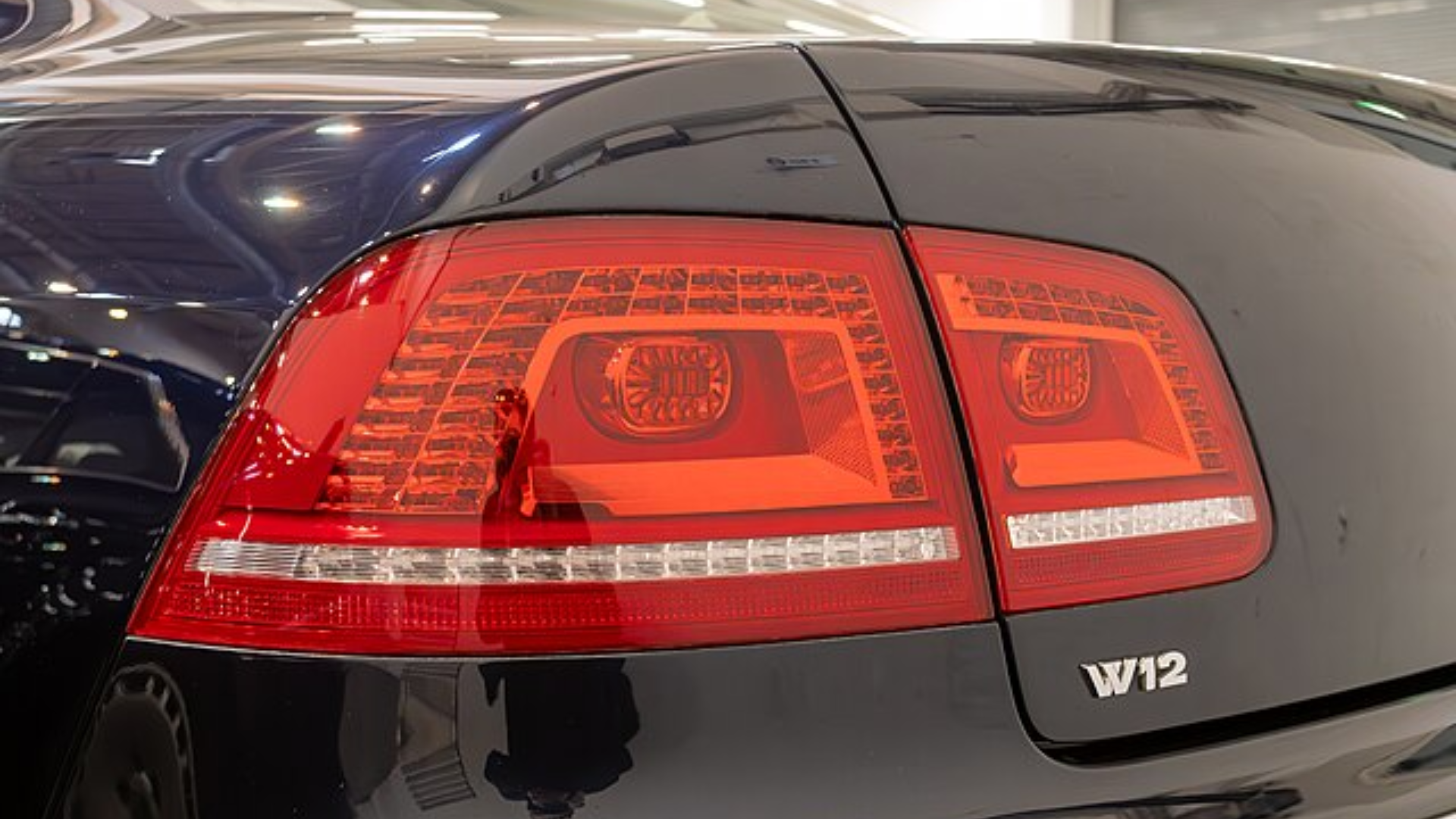
They may look like your average daily drivers, but under the hood lies serious performance. These everyday cars are secretly powered by engines you'd expect in a supercar, blending practicality with wild power.
Some manufacturers have taken standard models and equipped them with powerhouse engines, either sharing technology with their high-performance supercars or using engines found in other production supercars. The outcome is vehicles that look everyday but deliver exhilarating performance when you demand it.
Whether it’s a luxury sedan hiding a ferocious W12 or a family car packing a Ferrari engine, these machines prove that you don’t always need flashy looks to have a supercar soul. For drivers, it’s the best of both worlds: everyday usability with extraordinary performance waiting just beneath the surface.
Get ready to discover some of the most surprising cars that punch way above their weight in the engine department.
Toyota Camry (XV40)
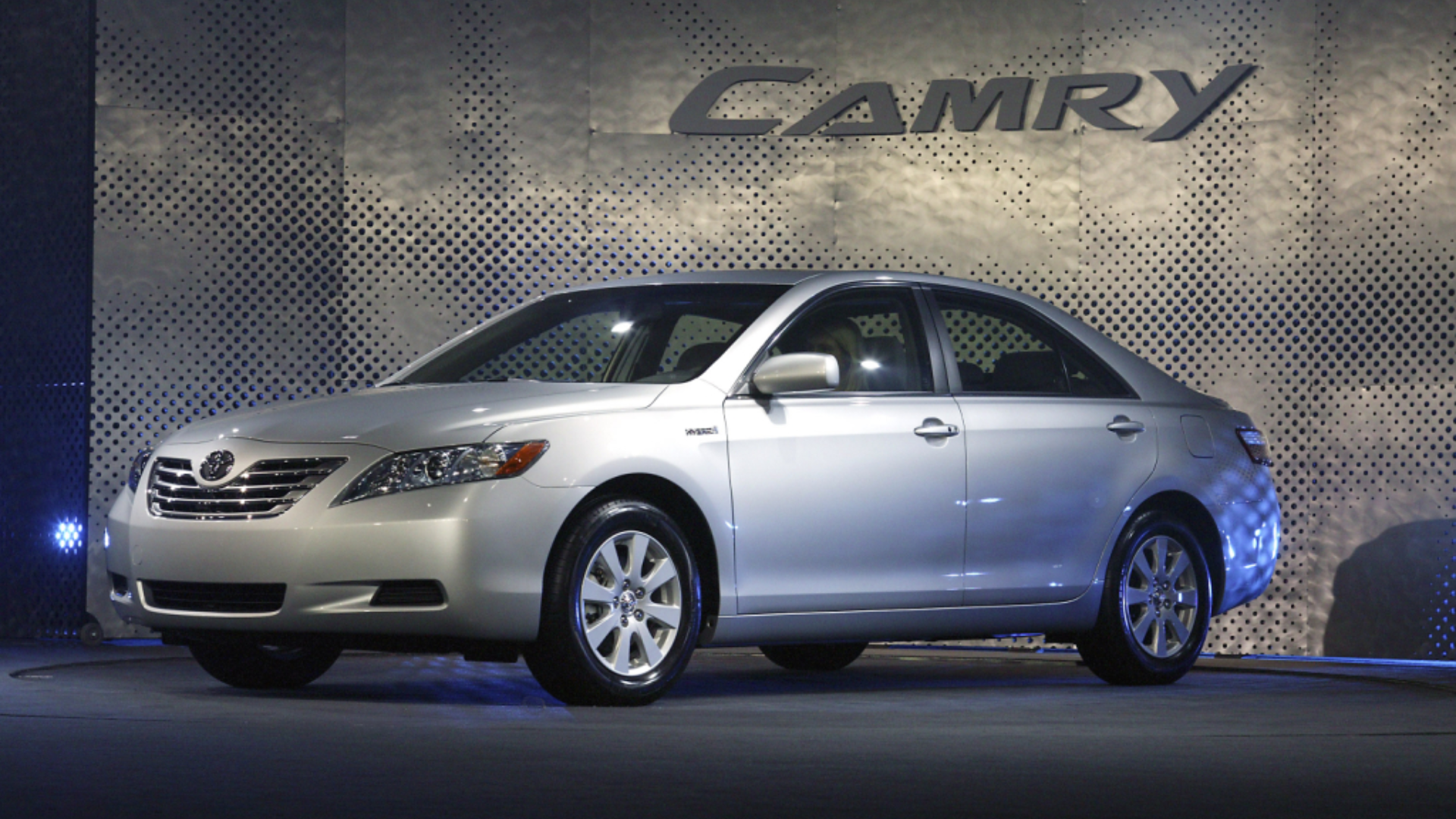
The Toyota Camry (XV40), produced from January 2006 to October 2011, marked the sixth generation of the Camry lineup for markets outside Japan, where the model followed a different generational path. Known for its reliability, comfort, and practicality, the XV40 Camry maintained Toyota’s reputation as a leader in the mid-size sedan segment.
One of the most intriguing aspects of the Camry XV40 is its top-tier variant, the GSV40 model. This version is equipped with the robust 3.5-liter 2GR-FE V6 engine, paired exclusively with a smooth six-speed automatic transmission. While the Camry itself is viewed as a family-friendly sedan, this powertrain gives it a surprising level of performance and refinement.
What makes the 2GR-FE engine particularly fascinating is its shared heritage with high-performance sports cars. A supercharged variant of this same engine powered the Lotus Evora (2011–2016) and the Lotus Exige (2012–2021), both known for their lightweight design and exhilarating driving dynamics. This crossover highlights how Toyota’s engineering excellence serves a broad spectrum, from dependable daily drivers to thrilling track-ready machines.
In essence, the Camry GSV40 bridges the gap between everyday usability and genuine performance, making it a unique example of how ordinary cars can house engines with extraordinary supercar lineage.
Lincoln LS
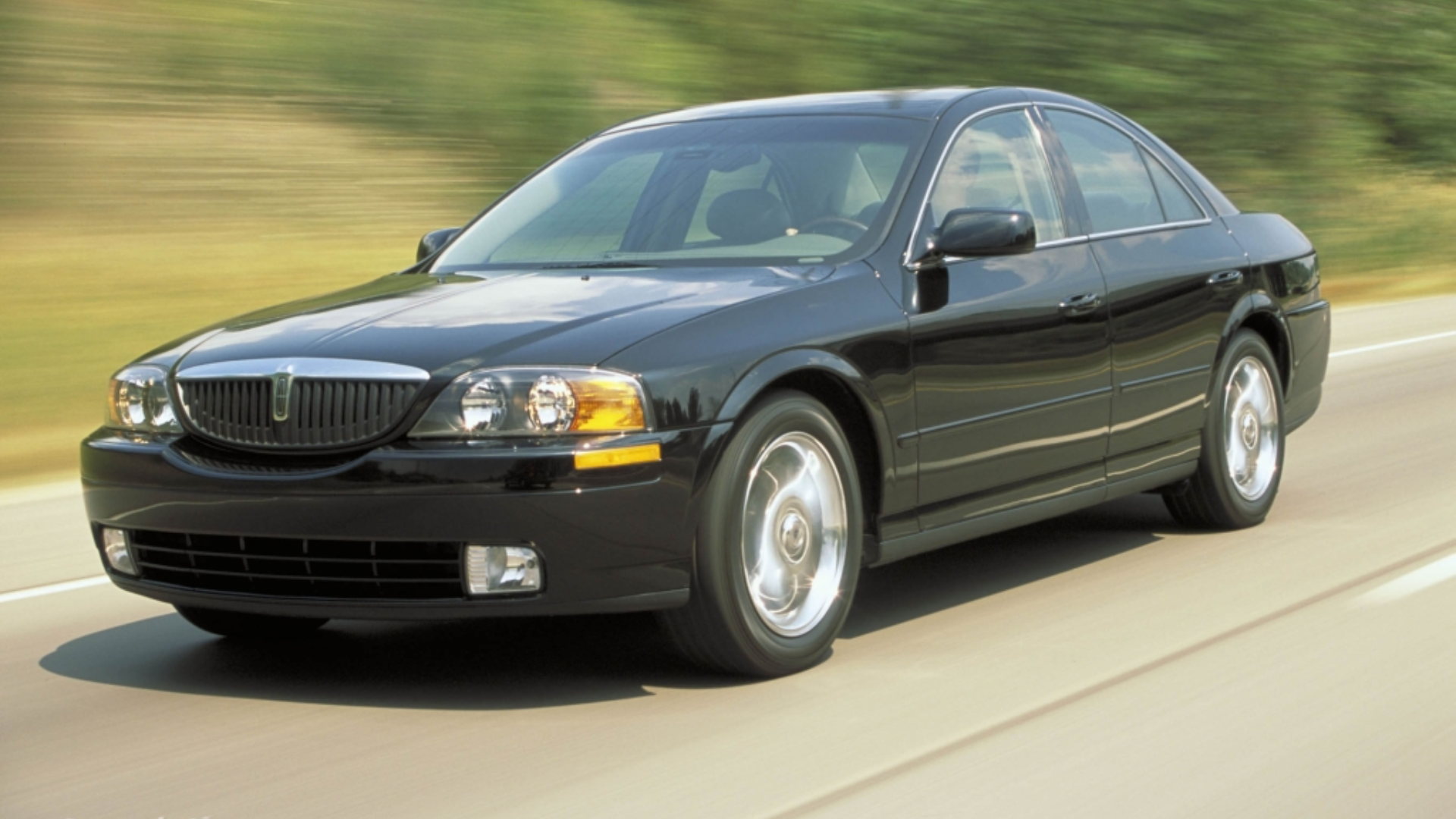
In 1999, Lincoln stepped into new territory with the launch of the LS, a mid-size luxury sedan designed to compete against established European and Japanese rivals. Aimed at reclaiming lost customers and expanding its market presence, the Lincoln LS marked a fresh chapter for the brand by blending luxury comfort with sporty driving dynamics.
Produced from 1999 through 2006, the Lincoln LS was a four-door, five-passenger sedan notable for its rear-wheel-drive layout and near-perfect 50/50 weight distribution, features uncommon in American luxury sedans at the time. This focus on balanced handling was meant to attract a younger, performance-minded audience while maintaining the brand’s luxury pedigree.
Under the hood, the LS offered two powerful engine options sourced from Jaguar’s AJ family, reflecting Ford’s global engineering collaboration. Buyers could choose between a 3.0-liter V6 Duratec engine, initially paired with a manual transmission, or a 3.9-liter V8 engine. These AJ engines weren’t just any powertrains, they powered several Jaguar models and even Aston Martin vehicles, giving the Lincoln LS a “supercar” pedigree rarely seen in its class. This made the LS not just a luxury sedan, but a legitimate sports sedan with serious performance credentials.
The Lincoln LS stands as a unique example of American luxury innovation, combining classic comfort and refinement with exotic British engineering, all packaged in a sedan designed for drivers who crave both style and substance.
Volvo XC90 (First Generation)
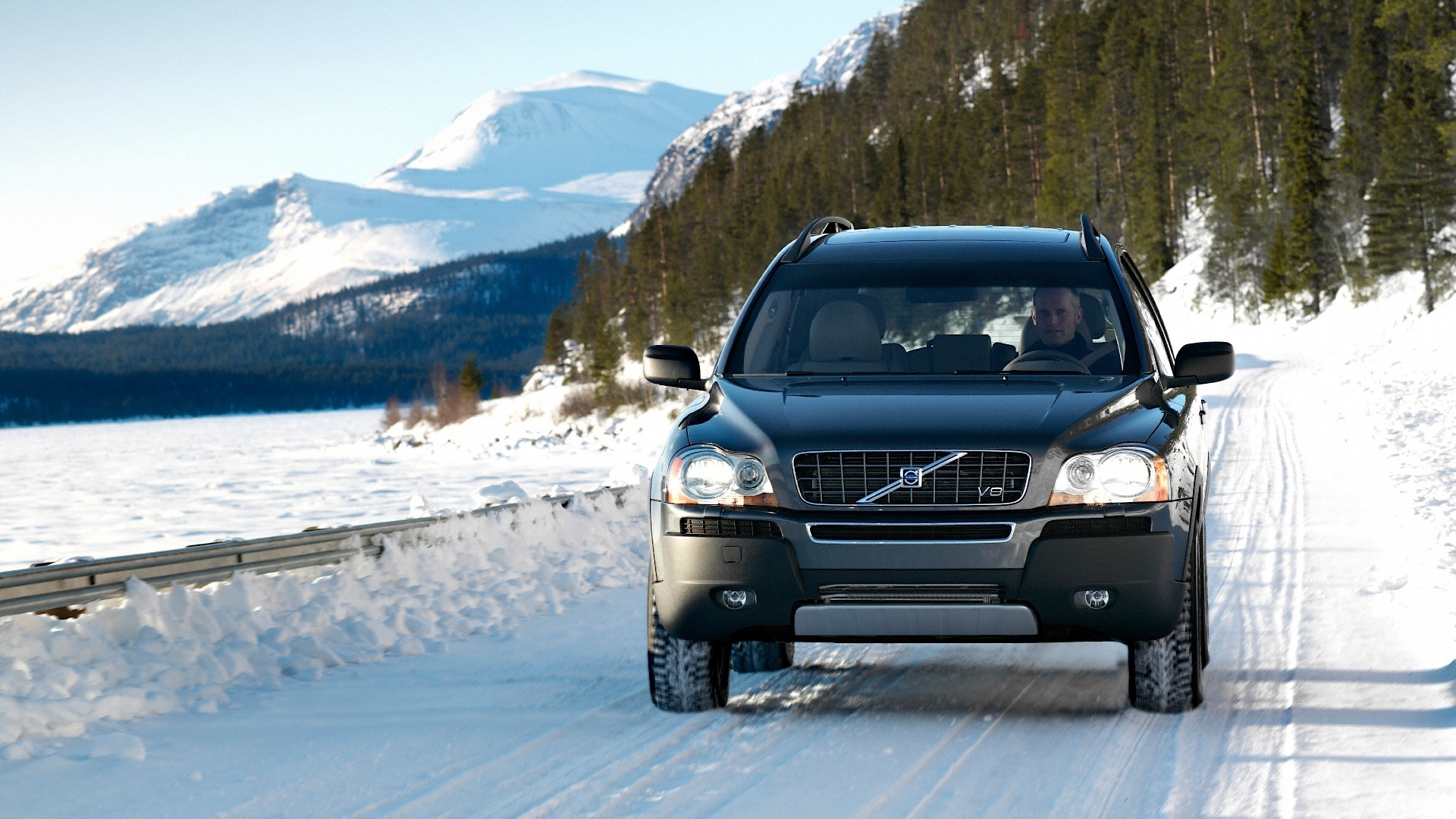
By 1992, Ford had taken control of the Swedish automaker Volvo and began steering the brand towards expanding its SUV lineup. This vision came to life with the introduction of the Volvo XC90, unveiled at the 2002 North American International Auto Show. Built on Volvo’s robust P2 platform, a chassis shared with the first-generation Volvo S80 and other large Volvo sedan, the XC90 quickly redefined the luxury SUV segment.
Upon its market debut, the XC90 stood out distinctly from competitors like the BMW X5 and Mercedes-Benz ML-Class. Its rugged, unmistakably Swedish design coupled with a spacious seven-seat interior made it an attractive choice for families. More importantly, Volvo’s legendary commitment to safety turned the XC90 into a favorite for parents, especially in the United States, who sought a vehicle capable of protecting their loved ones during daily school runs and long trips alike.
One of the most remarkable features of the XC90 was the addition of a Yamaha-built 4.4-liter V8 engine (the B8444S) in 2005. This engine option added a new level of performance and prestige to the SUV, making it more than just a practical family vehicle. The same V8 engine would later be tuned into a twin-turbocharged powerhouse to propel the 2010 Noble M600 supercar, a testament to its engineering excellence. The XC90 thus holds a rare place in automotive history as one of the safest family SUVs powered by an engine with genuine supercar credentials.
Lancia Thema 8·32
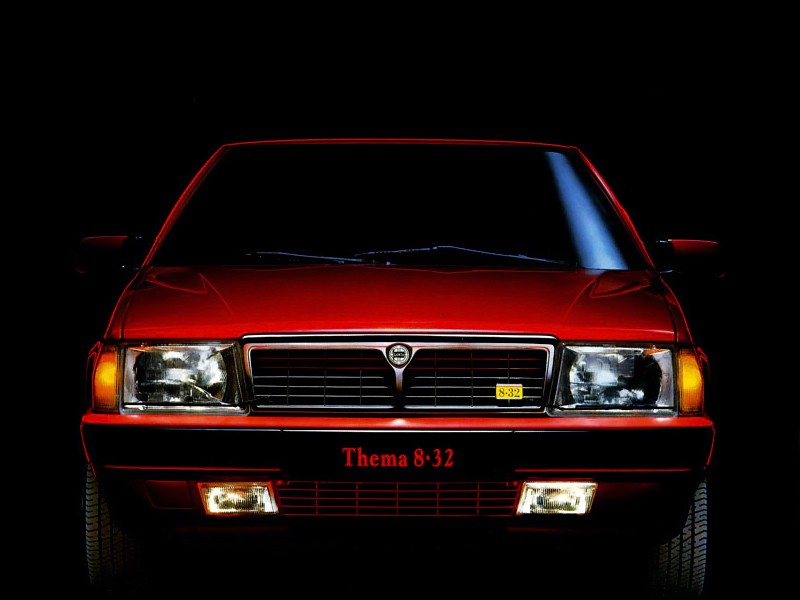
The Lancia Thema (Type 834) was an executive car produced by the Italian automaker Lancia between 1984 and 1994. It was one of four vehicles built on the versatile Type Four platform, shared with the Alfa Romeo 164, Fiat Croma, and Saab 9000. The Thema debuted at the 1984 Turin Motor Show and was offered both as a saloon and a station wagon, the latter designed and crafted by the famed Italian coachbuilder Pininfarina.
However, what truly set the Thema apart was the introduction of the Thema 8·32 in 1986, a remarkable fusion of executive luxury and exotic sports car engineering. The name “8·32” references its standout feature: an 8-cylinder, 32-valve engine. This powerhouse was a 2.9-liter Tipo F105L V8 sourced directly from Ferrari, closely related to the engines found in the legendary Ferrari 308 GTB and Ferrari Mondial Quattrovalvole. This V8 was distinct with its cross-plane crankshaft (unlike Ferrari’s typical flat-plane design), smaller valves, and a modified firing order, all tailored to deliver the smoothness and refinement expected in a luxury four-door sedan. Adding to its uniqueness, the Thema 8·32 was offered only with a 5-speed manual transmission, emphasizing its sporty, driver-focused character with no automatic option available.
For many enthusiasts, the Thema 8·32 is celebrated as the first front-wheel-drive “Ferrari” sedan, thanks to its rare Ferrari V8 under the hood. Adding to its mystique, Enzo Ferrari himself reportedly owned a Thema 8·32 as his personal transport towards the end of his life, an extraordinary endorsement from the man behind the Ferrari legend.
In essence, the Lancia Thema 8·32 represents a unique chapter in automotive history, blending luxury executive comfort with genuine Ferrari performance, all wrapped in elegant Italian design.
Volkswagen Phaeton
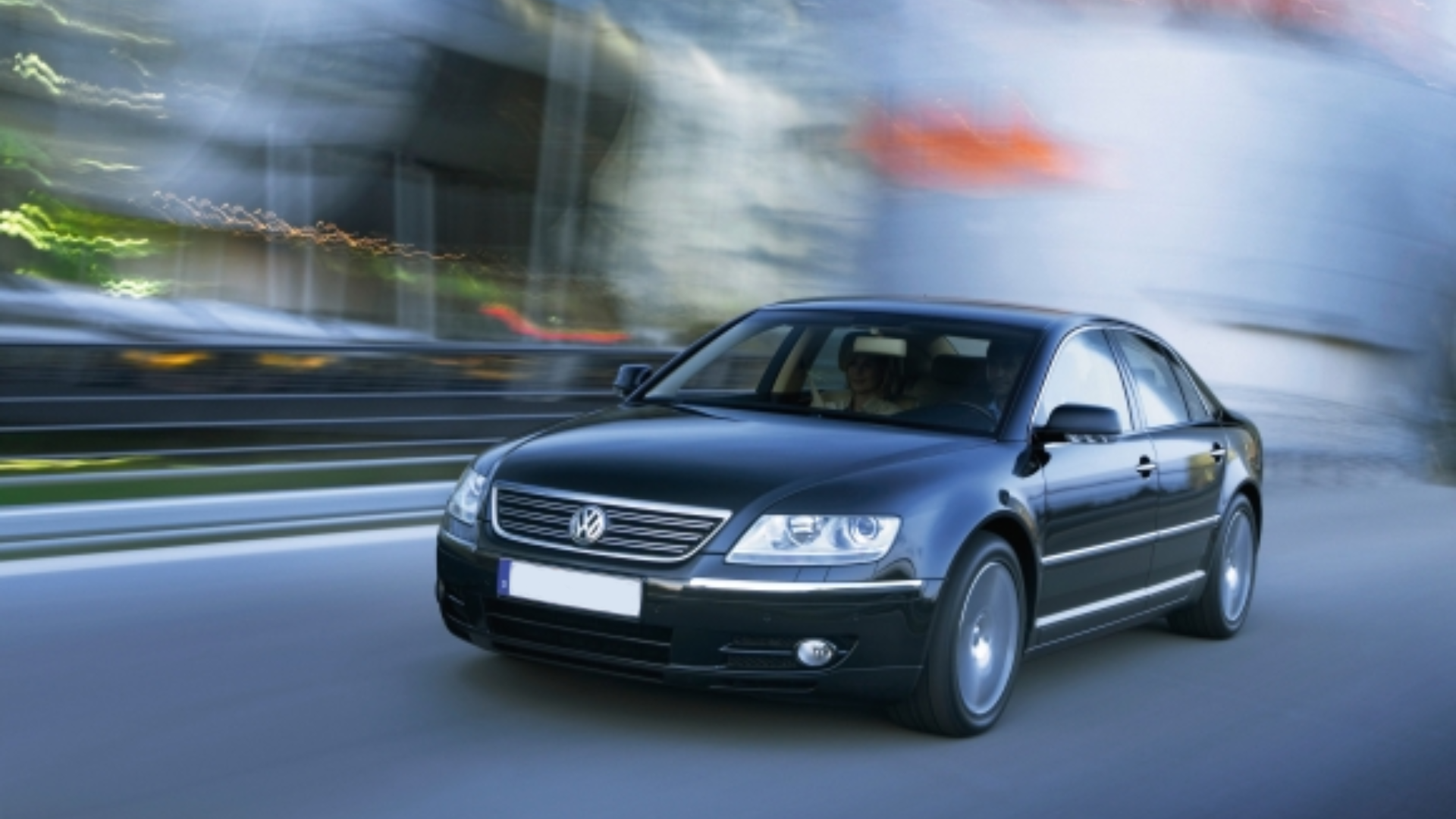
The Volkswagen Phaeton, introduced at the 2002 Geneva Motor Show, marked Volkswagen’s bold entry into the premium luxury sedan segment. Designed to compete directly with established names like BMW and Mercedes-Benz, the Phaeton embodied Volkswagen’s ambition to blend understated elegance with advanced technology and comfort. Marketed globally, the Phaeton was produced until 2016, although sales in North America ceased in 2006 due to limited market acceptance.
A standout feature of the Phaeton was its engine lineup, which included the exclusive Volkswagen W12, the only mass-produced W12 engine at the time. This 6.0-liter, 48-valve, four-bank engine debuted in 2001 and was notable for its compact yet powerful design. The W12 engine wasn’t just unique to the Phaeton; it also powered flagship models across the Volkswagen Group, including the Audi A8 and Bentley’s Continental GT, Flying Spur, and Bentayga. In 2003, Volkswagen introduced a turbocharged variant of the W12, further enhancing performance.
While the W12 engine option was dropped from European and most international markets by 2011, it remained available in China until the Phaeton’s production ended in 2016. This rare powertrain option helped the Phaeton stand out as a luxury sedan that hid extraordinary engineering beneath its modest exterior.
Mercedes-Benz S-Class (W140)
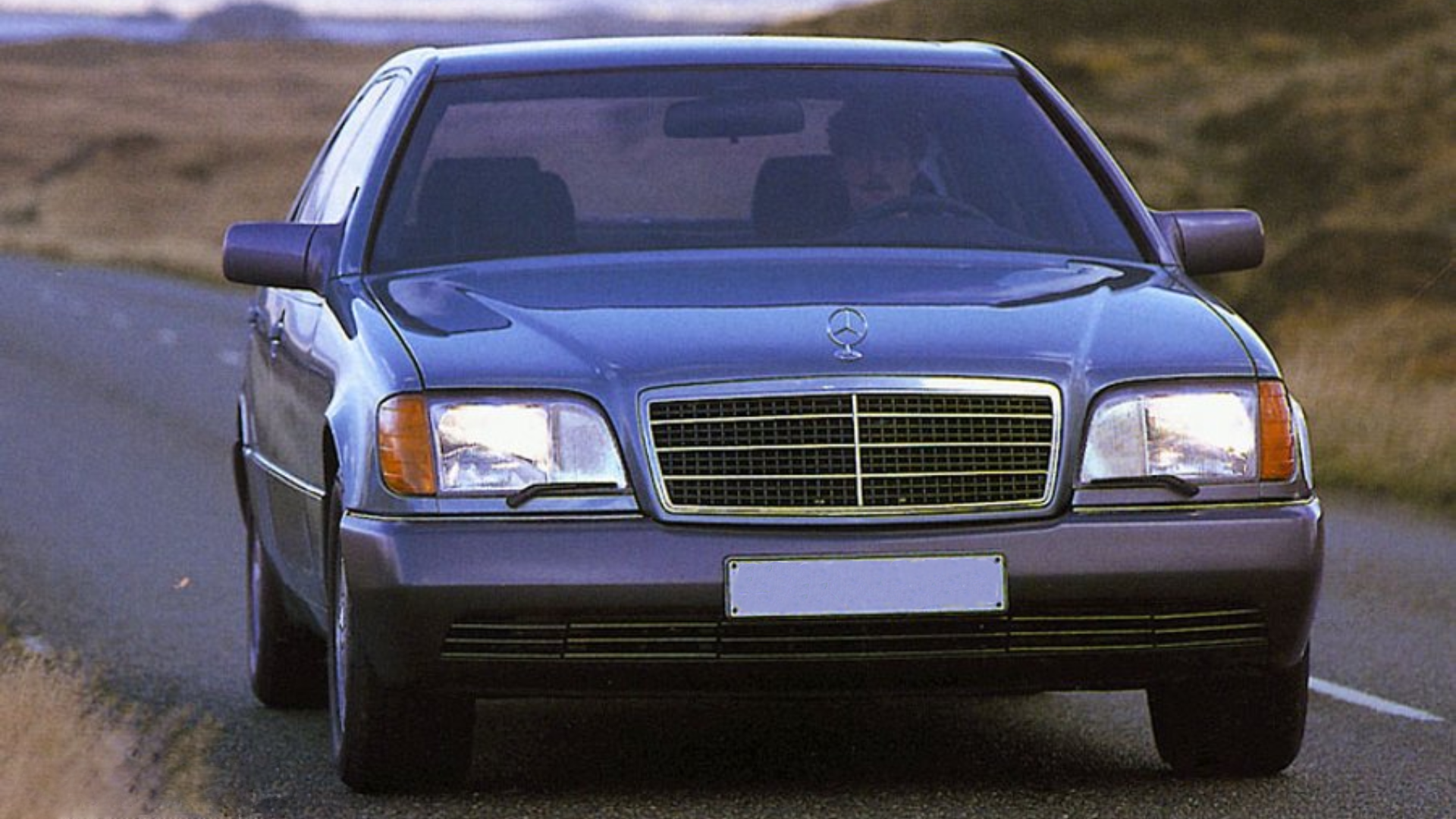
Produced from 1991 to 1998, the Mercedes-Benz W140 marked a defining chapter in the brand’s flagship S-Class lineage. Unveiled at the 1991 Geneva International Motor Show and launched shortly after, the W140 was offered in sedan and coupe body styles, with two wheelbase options, SE and SEL, catering to different luxury preferences. At the time, its imposing dimensions and bold design earned it the nickname “the fortress” for its tall, wide, and commanding presence.
The W140’s introduction was a milestone for Mercedes-Benz, signaling the return of their V12-powered passenger cars, a move aimed at competing with BMW’s 7 Series flagship (E32). Central to this was the robust 6.0-liter M120 V12 engine, Mercedes-Benz’s first passenger V12 since the 1930s. This engine not only powered the flagship S-Class but also cemented its place in automotive history beyond Mercedes-Benz.
Remarkably, the M120 V12 later formed the core of Horacio Pagani’s legendary Zonda supercars. Pagani utilized three AMG-tuned variants of the M120, starting with the untuned 6.0L in the original Zonda C12, progressing to a 7.0L version for the C12-S and Zonda GR, and culminating in a 7.3L version for the Zonda S 7.3 and Zonda Roadster. Later, Pagani returned to a 6.0L version for the extreme Zonda R and Zonda Revolución models, further showcasing the versatility and enduring legacy of this engine.
The W140 combined Mercedes-Benz’s tradition of luxury and cutting-edge technology with a powerhouse engine that would become legendary both on the road and on the racetrack.